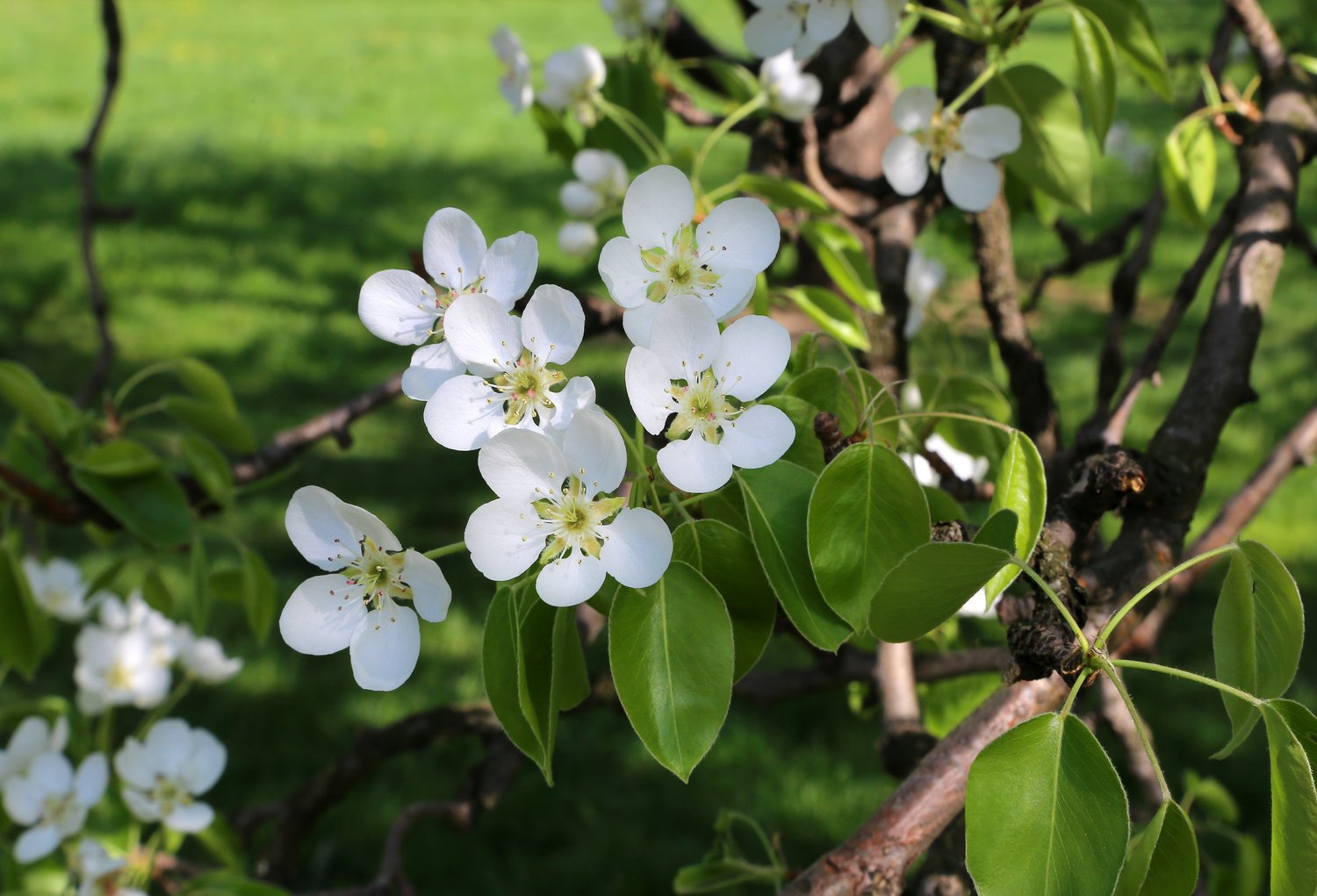Creating a vibrant pollinator garden isn’t just a beautiful addition to your outdoor space—it’s a vital contribution to our ecosystem. Pollinators like bees, butterflies, and hummingbirds are essential for growing approximately 75% of the world’s food crops, yet their populations face serious threats from habitat loss, pesticide use, and climate change. By transforming your garden into a pollinator haven, you’ll not only enjoy more colorful blooms and better harvests but also play a meaningful role in conservation efforts to save the bees and other crucial pollinators. This guide will walk you through selecting the best native plants for pollinators, providing necessary water and shelter, and designing your garden for continuous blooms throughout the growing season.
Understanding the Importance of Pollinators
Pollinators perform a critical ecological service by transferring pollen between flowers, enabling plant reproduction and fruit production. Without them, our food supply and natural landscapes would be dramatically different. Honeybees alone contribute to more than $15 billion in U.S. crop production annually, while native bees, butterflies, moths, and even some birds and bats pollinate everything from backyard vegetable gardens to vast agricultural fields. Unfortunately, many pollinator populations are declining at alarming rates. Creating gardens that attract bees and butterflies is one meaningful way homeowners can help reverse this trend.
The beauty of pollinator conservation is that it begins right in your own backyard. By dedicating even a small portion of your landscape to pollinator-friendly practices, you become part of a collective effort to create corridors of habitat across neighborhoods and communities. As experts at AskHomey often point out, environmentally conscious gardening not only supports wildlife but also creates more sustainable, lower-maintenance landscapes that can reduce your overall yard work.
Selecting Native Plants for Pollinators
The foundation of any successful pollinator garden lies in choosing the right plants, with native species being the gold standard. Native plants for pollinators have evolved alongside local insect populations for thousands of years, making them perfectly adapted to support local wildlife. These plants typically require less water, fertilizer, and maintenance once established, making them ideal for eco-conscious gardeners.
When selecting native plants, consider species that provide nectar and pollen throughout the growing season. Early bloomers like serviceberry, redbud, and wild geranium support pollinators emerging from winter. Summer favorites might include coneflowers, bee balm, and native milkweed—a must-have to attract butterflies, particularly monarchs, which depend on milkweed exclusively for their caterpillars. Fall-blooming asters, goldenrod, and Joe-Pye weed extend the season, providing crucial late-season nectar sources when many gardens have stopped flowering.
Pay attention to flower shapes as well. Different pollinators prefer different bloom structures based on their feeding apparatus. Butterflies favor flat landing platforms like those found on zinnias and coneflowers, while bees can access a wider variety of shapes. Tubular flowers like salvia and penstemon attract hummingbirds with their long beaks. By including diverse flower shapes, you’ll support a wider array of pollinator species.
Providing Water and Shelter
Pollinators need more than just flowers to thrive—they require complete habitats with water sources and shelter. Creating a pollinator garden means considering these essential needs alongside your plant selections.
For water, a shallow dish with pebbles or stones rising above the water line gives insects a safe place to land and drink without drowning. Refresh this water source regularly to prevent mosquito breeding. Some butterflies also engage in “puddling,” where they gather around damp soil to extract minerals, so consider creating a small mud puddle area in a sunny spot.
Shelter requirements vary among pollinator species. Many native bees are solitary and nest in the ground or in hollow plant stems. Leave some areas of bare, undisturbed soil for ground-nesting bees. Avoid cutting back all perennials in fall, as hollow stems provide important overwintering sites. Consider adding a bee house with various-sized tubes to support tunnel-nesting species. For butterflies, create sheltered areas protected from wind, and include host plants for their caterpillars—not just nectar sources for adults.
Designing for Continuous Blooms
The key to a successful pollinator garden lies in providing continuous food sources throughout the growing season. Strategic design ensures that as one plant finishes blooming, another begins, creating an uninterrupted nectar and pollen buffet for visiting pollinators.
Start by mapping your garden space and noting sun exposure, soil conditions, and moisture levels. Group plants with similar needs together for easier maintenance. Plan for at least three species blooming in each season—spring, summer, and fall. Consider including early-blooming trees and shrubs, which provide essential early-season resources when few other plants are flowering.
Plant in drifts or clusters rather than single specimens. Groupings of at least three to five plants of the same species create more visible targets for pollinators and more efficient feeding opportunities. Vary your plant heights to create a layered garden that accommodates different pollinator feeding preferences and flight patterns.
Maintaining Your Pollinator Garden
A successful pollinator garden requires appropriate maintenance practices that differ from conventional gardening. First and foremost, eliminate chemical pesticides, which can harm the very creatures you’re trying to attract. Instead, embrace the ecosystem approach—a balanced garden will naturally attract beneficial insects that help control pest populations.
Allow some natural disorder in your garden. Leaf litter and plant debris provide overwintering habitat for many beneficial insects. Wait until spring temperatures consistently reach 50°F before cutting back last year’s perennial growth, giving overwintering pollinators time to emerge. Tolerate some level of insect damage to plants, particularly host plants that caterpillars feed upon—this is a sign your garden is supporting the complete life cycle of butterflies.
Water deeply but infrequently to encourage deep root growth, and apply organic mulch to retain moisture and suppress weeds. However, leave some areas mulch-free for ground-nesting bees. With these mindful maintenance practices, your pollinator garden will flourish while supporting vital wildlife.
For more tips and to connect with reliable home service professionals, follow AskHomey on Facebook and Instagram.



